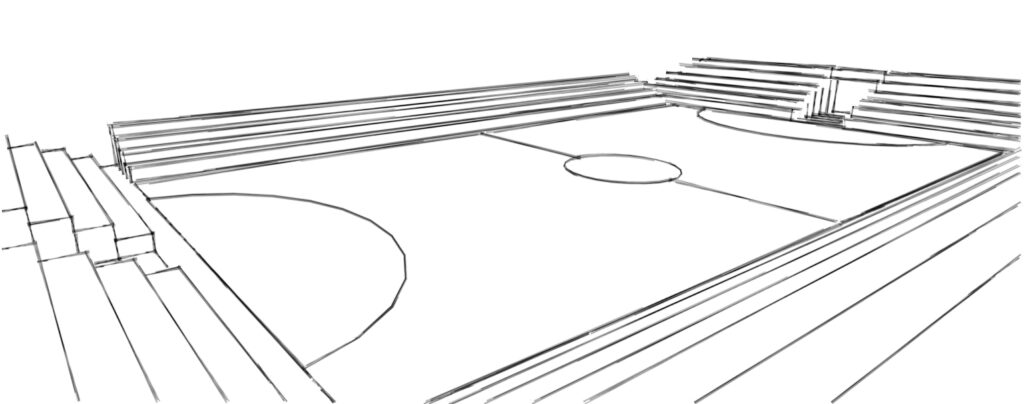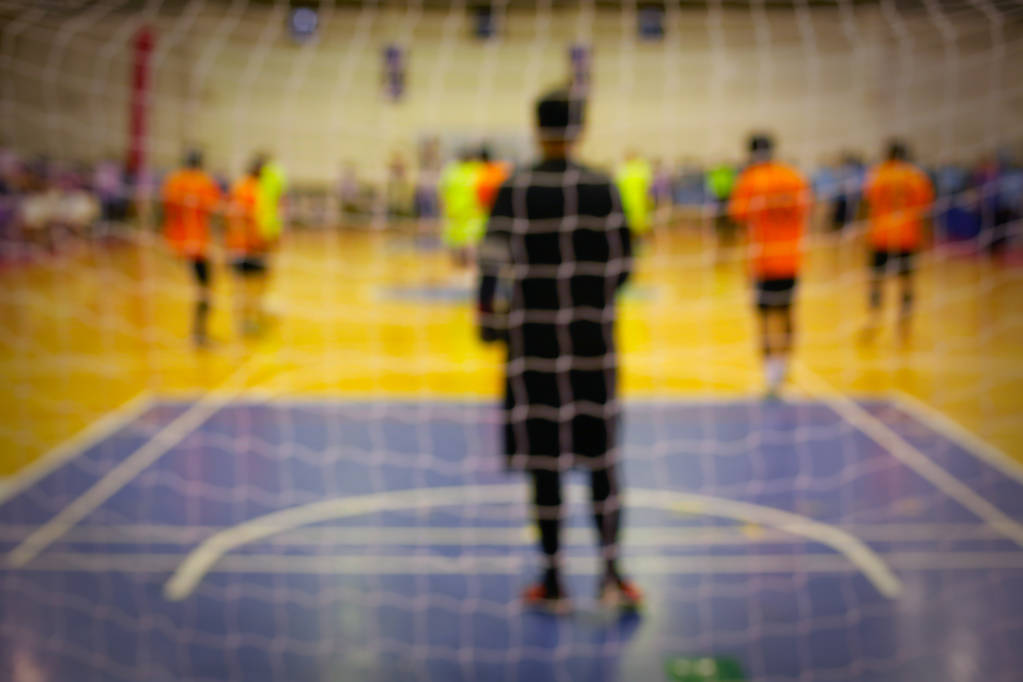In the world of futsal, where creativity and quick thinking often take center stage, it’s easy to overlook the silent heroics of defense. For many spectators, defense may not seem as exciting as flashy goals or slick passes, but for coaches and players who understand the intricacies of the game, defense is where championships are won.
A strong defensive game isn’t just about preventing goals. It’s a science—a combination of strategy, timing, and discipline. Defense in futsal is unique because of the sport’s tight spaces and rapid pace. Every second counts, and every decision can make the difference between success and failure. In this article, we’ll dive deep into the nuances of futsal defense, from tactical formations and pressing strategies to the mindset needed to truly lock down the court.
Why Defense Matters in Futsal
Futsal is a game of constant transitions. Teams move from defense to attack in a heartbeat, making it critical for defensive players to think ahead and react faster than their opponents. Unlike outdoor soccer, where defenders have the luxury of more space and time, futsal defenders operate in close quarters. This means they need to:
- Anticipate the opponent’s moves.
- Communicate effectively with teammates.
- Execute precise tackles and interceptions.
But defense in futsal isn’t just about stopping goals; it’s about controlling the flow of the game. A well-organized defense can force opponents into making mistakes, regain possession in dangerous areas, and launch counterattacks that catch opponents off guard. For example, Brazil’s national futsal team has long been admired for its ability to turn defense into offense, often scoring seconds after regaining possession.
The Foundations of Defensive Formations
Great defense starts with a solid structure. In futsal, two formations are particularly popular: the 2-2 formation and the 1-2-1 (diamond) formation.
- The 2-2 Formation: This setup provides balance, with two players defending the back and two stationed higher up the court. It’s ideal for teams that prioritize structure and want to minimize risks. The compact nature of the 2-2 formation ensures that gaps are kept to a minimum, making it difficult for opponents to find space.
- The 1-2-1 Formation: Known as the diamond formation, this setup emphasizes flexibility. The single pivot player operates at the top, leading the press or dropping back when needed. This shape allows for fluid transitions and is often used by teams looking to counterattack quickly.
Regardless of the formation, roles must be clearly defined. Defenders are responsible for marking opponents, blocking shots, and intercepting passes, while the goalkeeper often acts as a “sweeper,” stepping out of the box to disrupt plays or initiate attacks.
One famous example of this structure in action was during the 2016 FIFA Futsal World Cup final, where Argentina’s disciplined defense frustrated Russia’s potent attack. By maintaining their defensive shape and closing down space, Argentina turned their defense into the platform for a historic victory.
Pressing: The Art of Timing and Teamwork
Pressing is a cornerstone of futsal defense. Given the small court size, applying pressure at the right moment can suffocate an opponent’s attack and force turnovers. There are three main pressing strategies:
- High Press: Teams applying a high press put immediate pressure on their opponents in the attacking third. This strategy is effective against teams that struggle to play out from the back but requires high levels of fitness and coordination.
- Mid-Court Press: Here, teams allow the opponent to reach the halfway line before engaging. This conserves energy while still applying pressure at a critical point in the attack.
- Low Block: Teams employing a low block sit deep, defending their penalty area and relying on counterattacks. While this strategy minimizes risk, it can leave teams vulnerable if they fail to transition quickly into attack.
Pressing isn’t just about physical effort; it’s about reading the game. Players need to recognize “triggers” that signal when to press, such as a poorly controlled ball or a pass into a crowded area. Effective pressing requires all four players to move as a unit, with constant communication ensuring that no gaps are left unguarded.
Drills to Build a Defensive Wall
Training is where defensive excellence begins. The following drills are designed to sharpen individual skills and enhance team coordination:
- 1v1 Defending Drill: This classic drill pits a defender against an attacker, focusing on tackling technique and positional awareness. Defenders learn to stay on their toes, force attackers onto their weaker side, and time their tackles perfectly.
- Closing Down Drill: Players practice closing down attackers quickly while maintaining balance and avoiding overcommitting. This drill improves decision-making and body positioning.
- Rotational Defense Drill: In this team drill, players practice switching positions to cover gaps as teammates move out of position. It’s particularly useful for training zonal defense systems.
- Pressing Circuit: Simulating game scenarios, this drill focuses on applying coordinated pressure to force turnovers. It emphasizes timing, communication, and teamwork.
These drills not only build defensive skills but also foster a mindset of discipline and resilience—qualities every great defender needs.
The Mental Side of Defense
Defending is as much a mental challenge as a physical one. The best defenders possess qualities like:
- Patience: Rushing into tackles can leave gaps. Great defenders wait for the right moment to act.
- Anticipation: Reading the game and predicting opponents’ moves is critical, especially in futsal’s fast-paced environment.
- Communication: A silent defense is a weak defense. Effective communication ensures players stay organized and aware of threats.
One player who epitomizes the mental side of defending is Spain’s Carlos Ortiz, a legend in the sport known for his calm demeanor and ability to organize his team under pressure. Watching Ortiz play is a masterclass in how to outthink opponents and lead by example.
Overcoming Defensive Challenges
Even the best teams face challenges. Overcommitting to tackles, poor communication, and losing shape during counterattacks are common pitfalls. These issues often arise from a lack of focus or training. Coaches can address them by emphasizing the importance of staying compact, maintaining discipline, and practicing scenarios that mimic in-game pressure.
For example, consider the importance of maintaining defensive shape. When one player steps out of position to press, others must shift to cover the gaps. Failure to do so leaves space for the opponent to exploit. This was evident in a recent UEFA Futsal Champions League match, where a momentary lapse in defensive shape cost a team a crucial goal in the final minutes.
Learning from the Best

Futsal clubs like Brazil’s Magnus Futsal and Spain’s Inter Movistar are renowned for their defensive excellence. These teams combine tactical discipline with individual brilliance, making them nearly impossible to break down.
Watching their games reveals key lessons:
- How defenders anticipate and intercept passes before they reach danger zones.
- The importance of seamless defensive rotations, ensuring no gaps are left unguarded.
- The role of the goalkeeper in organizing the defense and initiating counterattacks.
These teams show that great defense isn’t just about skill—it’s about preparation, teamwork, and a relentless desire to win.
Conclusion: The Art of Defense in Futsal
In futsal, defense is the great equalizer. While attacking flair may steal the headlines, it’s a strong defensive game that wins championships. From mastering formations and pressing strategies to developing the mental toughness required to stay disciplined under pressure, defense is a craft that demands constant refinement.
For players and coaches alike, investing in defense is investing in success. The road to victory starts with locking down the court—and ensuring the opposition has nowhere to go.










